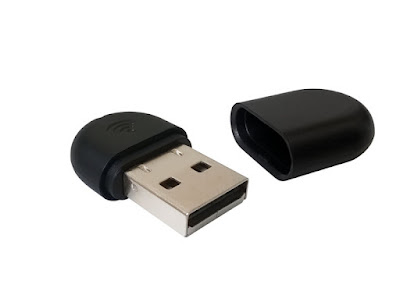The evolution of technology has been marked by an incessant pursuit of connectivity and convenience. One prime example of this relentless innovation is the development of Wireless USB (WUSB) technology. Over the years, WUSB has transformed the way we connect and interact with our devices, liberating us from the constraints of traditional wired connections. In this article, we embark on a journey through the past, present, and future of Wireless USB technology.
The Past: Early Beginnings and Milestones
Wireless USB technology had its roots in the late 1990s when the need for a cable-free connection solution started gaining prominence. The Wireless USB Promoter Group was established in 2004, comprising industry giants like Intel, Microsoft, HP, and Samsung, among others. This collaborative effort aimed to create a wireless alternative to the familiar USB standard that was widely used for connecting peripherals, transferring data, and charging devices.
The first generation of WUSB, known as WUSB 1.0, made its debut in 2005. It offered data transfer speeds of up to 480 Mbps at a range of about 3 meters. However, its adoption was limited due to technical challenges and the rise of other wireless technologies.
The Present: Advancements and Integration
Fast forward to the present day, and we find ourselves in the midst of the WUSB renaissance. The introduction of WUSB 3.0 brought significant improvements in terms of speed, range, and reliability. With data transfer rates surpassing 5 Gbps and an extended range of up to 10 meters, WUSB 3.0 has found its place in a variety of applications.
From smartphones to laptops, printers to displays, WUSB 3.0 has revolutionized the way devices interact. It has seamlessly integrated into our daily lives, reducing clutter and enabling us to enjoy the benefits of high-speed data transfer without the hassle of cables.
The Future: Beyond the Horizon
As we peer into the future, the horizon for Wireless USB technology appears promising. One exciting avenue of development is the incorporation of Ultra-Wideband (UWB) technology. UWB holds the potential to provide even faster data transfer rates while maintaining low power consumption. This could pave the way for applications in fields like virtual reality, augmented reality, and high-definition video streaming.
Furthermore, as the Internet of Things (IoT) continues to expand, Wireless USB might play a vital role in connecting an ever-growing array of smart devices. Imagine a world where your refrigerator, thermostat, and even your coffee maker communicate seamlessly with each other through a wireless USB network, making your home truly intelligent and interconnected.
However, as with any technology, challenges lie ahead. Interoperability, security, and regulatory compliance will be critical factors that determine the success of Wireless USB in the future. Industry collaborations and standardization efforts will play a pivotal role in overcoming these challenges and ensuring a smooth evolution of the technology.
In conclusion, Wireless USB technology has traversed a remarkable journey from its inception to the present day. It has transcended its early limitations and emerged as a key player in the realm of wireless connectivity. As we look to the future, the potential of Wireless USB remains boundless, promising enhanced data transfer speeds, extended connectivity, and a world where cables are nothing more than a distant memory. The connectivity revolution initiated by Wireless USB continues to shape the way we interact with our devices, enhancing our lives in ways we never thought possible.


